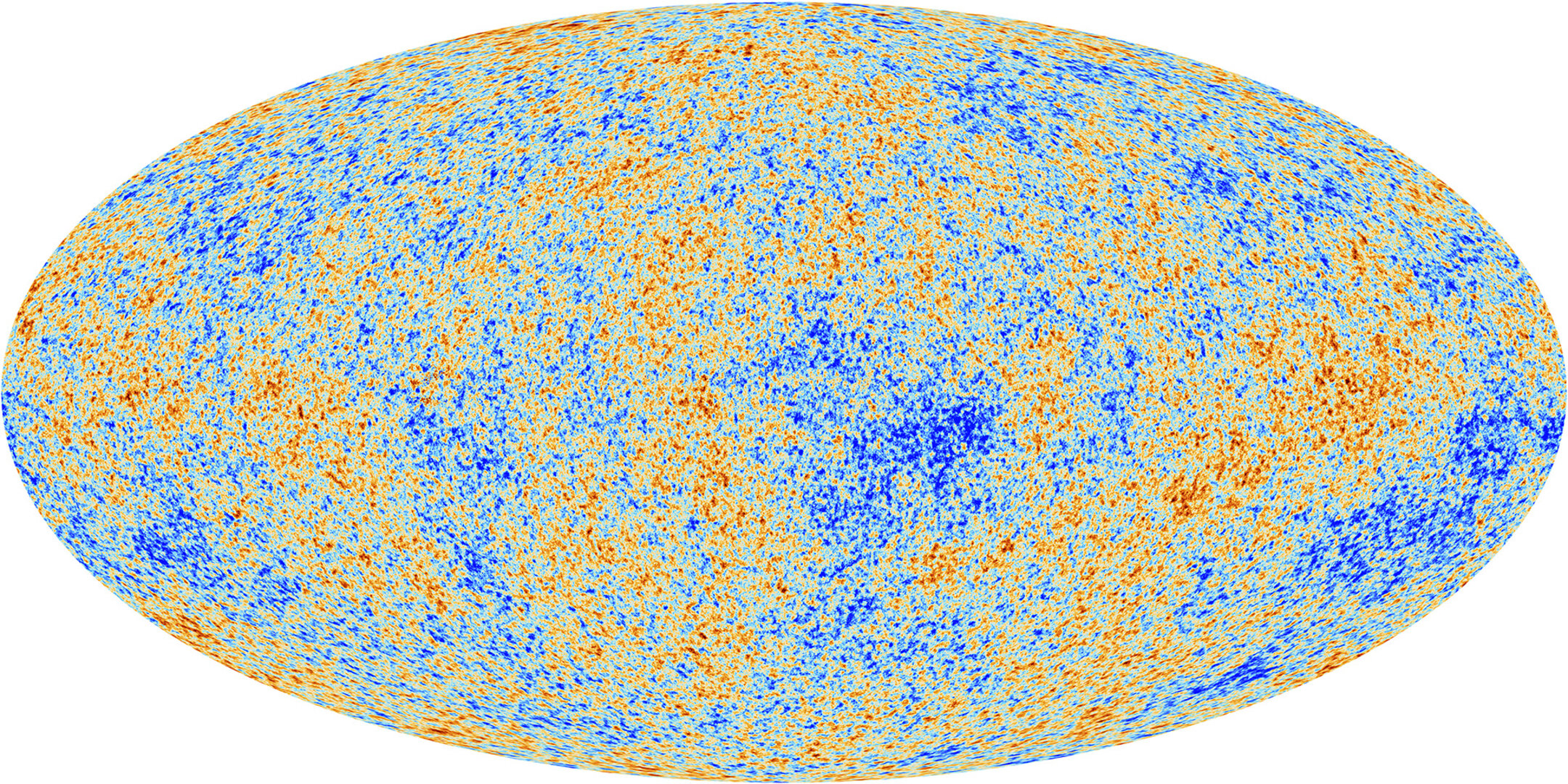Nuggets of Wisdom Explained (Part 3)
Hi folks!
This post will cover the science behind Section 2.3 of my very reputable, published paper calculating how many chickens could be in space before we notice them. If you haven't already, feel free to read through the paper along with the first two explainer posts on this blog. I'll probably write one more explainer post to wrap up the Results and Discussion section. On to...
Detection of the Chicken Meat Background
To explain the joke to those who aren't familiar with cosmology: the cosmic microwave background, commonly referred to as the CMB, is radiation from the Big Bang and beginnings of the Universe. It's everywhere in the sky, and acts as the background to space. It emits in the microwave (yes, like the kitchen appliance), which is part of the electromagnetic spectrum (AKA light). The chicken meat background is something we made up so that it has the same abbreviation, because we're very clever and silly.
 |
| The Cosmic Microwave Background (CMB), or it is just chickens? |
What the chicken meat background would be is a signature of light (the luminous flux) released by the chickens in space. The math that's written out is calculating how much of this light could be seen based on the thermodynamics concept that anything with a temperature can give off light. If the chickens are alive, their body temperature of 300 Kelvin (80F) would be warm, giving off light in the infrared. If they're dead and adjust to the temperature of space, they emit as any body would at 3 Kelvin - giving off very little, very low energy light. Either way, these chickens are adding to the overall radiation of the Universe.
If the chicken meat background replaced the cosmic microwave background, there could be 10^29 chickens per cubic parsec! Before we try to debunk the Big Bang Theory, though, let's remember Part 2 of this series: If there are more than 10^23 chickens per cubic parsec, we would notice their extinction effect on light from red giant stars. So there probably isn't 10^29 chickens per cubic parsec making up the background of the Unvierse. Oh well.
Olbers' Paradox
There's a bit of math I overlooked above because I want to take a moment to focus on it specifically. The paper briefly mentions Olbers' paradox, then explains that we assume chickens began 10,000 years ago, and that we're observing a sphere with radius 10,000 lightyears. This is a weird thing to conclude, so let's get into the paradox. Here's how Wikipedia states it:
The paradox is that a static, infinitely old universe with an infinite number of stars distributed in an infinitely large space would be bright rather than dark.
"Static" in this case means that the way the Universe is today is how it has always been. Infinite time, infinite space, filled with infinite stars. If you look in any patch of the night sky, you'll eventually hit a star, even if it's incredibly far away. So why is the sky dark if there are stars everywhere?
Funny enough, Edgar Allan Poe suggested a solution: the Universe is not infinitely old. It has an age (today we know it's about 13.8 billion years old), and because light has a finite speed (about 300 million meters per second), light from far away stars haven't had time to reach us yet. The light from a newly born star 13.8 billion lightyears away is only just able to reach us now. Light hasn't had infinite time to reach us, and so the night sky is dark, lit only by stars whose light has had time to reach us. There are a few other explanations in the Wikipedia, but I find this one the most compelling (and easiest to understand).
Finite Age of Chickens
We apply similar logic to the chicken meat background: chickens haven't been around forever, so their background light only extends so far. Today's common chicken has been aroudn for about 10,000 years. Light from chickens 10,000 lightyears away, then, is reaching us right now, and we cannot detect chickens further away. This is why we adopt a spherical volume of 10,000 lightyears for detecting the chicken meat background.
If this paradox seems intruiging, I definitely recommend reading the Wikipedia page. If you have any questions about what I've talked about here, what's on that page, or anything else, feel free to leave a comment! Let me know if you want to hear more about cosmology - there are some really interesting thought experiments like Olbers' paradox that help astronomers figure out the beginnings of Everything.


Comments
Post a Comment